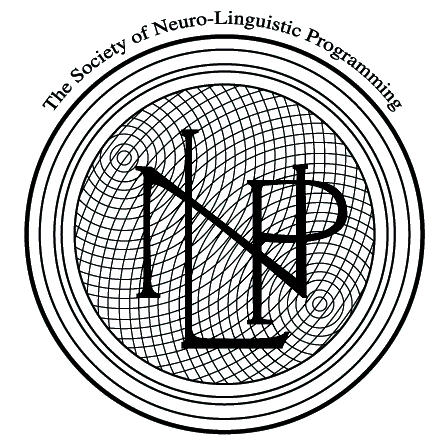If you're wondering what it takes to become a SNLP certified NLP Trainer then this is the page for you.
See the dates for the next Trainer Training
Download PDF documents:
Checklist assessment.pdf
Criteria for certification.pdf
Detailed description.pdf
DVD planning outline.pdf
Projects.pdf
Requirements Chart 1.pdf
Requirements Chart 2.pdf
Requirements for trainer.pdf
SNLP_certification_trainer.pdf
Trainer Associate Agreement.pdf
written test.pdf
There are trainers out there who run short courses and issue their own home-made certificates. That doesn't make them a licensed trainer. In fact, that would be like getting healthcare from someone who certified themselves as a doctor, with no medical training. Would you do that?
Becoming a properly, legitimately licensed NLP Trainer takes a bit of effort. Specifically, for me to be able to license you as a NLP Trainer, the SNLP requires that you achieve all of the following:
- NLP Practitioner certification
- NLP Master Practitioner certification
- Attendance of a SNLP Trainer Training program, like mine
- Assisting on a complete Practitioner and Master Practitioner program
- 100 hours of training experience as an Trainer Associate (You can run training under supervision)
- Completion of a written test
- Sending a DVD of the first hour of your training together with a written training plan (A YouTube upload would be fine too)
- A £200 certification fee
Does that sound like a lot of work? It is. It's what I had to achieve, to the highest standards, just to gain my Trainer license. As a Master Trainer, I have to ensure that you achieve the same high standards.
After all, don't your students deserve it?
Here are the detailed SNLP certification criteria, so this is essentially what you can expect to learn and develop during my NLP Trainer Training.
On top of these SNLP criteria, you will learn from my 20+ years of training experience, how to perform technique demonstrations that work first time, every time and how to create your own performance in your training. Unlike other Trainer Trainings, you will actually learn how to train NLP, and how to deliver Practitioners and Master Practitioners you can be proud of.
The basic processes of communication excellence are classified Input Skills, Internal Representation Skills and Output Skills (Utilization Skills). Any higher-level pattern can be represented as an ordered sequence of the basic skill level chunks.
In general, NLP Trainers are expected to demonstrate competency in the following areas:
1. Engage in multi-level tasking, e.g., purposeful multi-level communication.
2. Detect the differences between conscious and unconscious mind communication.
3. Make the distinction between content and the form of the content.
2. Integrate the NLP operational presuppositions into their thinking (attitude) and behavior.
3. Know the difference between remedial and generative change.
4. Combine the various elements of the techniques to design customized interventions.
5. Build and utilize states of consciousness and physiology leading to greater flexibility, variability, creativity and mobility in thinking and in action.
6. Make conscious shifts in perspective, state and behavior (e.g., re-sequence habitual representational system sequences to interrupt states perceived as “unresourceful”) to keep open opportunities for discovery, creativity and learning for yourself and others.
7. Utilize linguistic skills defined by purpose, e.g., use of language in ways that demonstrate “conversational interventions.”
8. Develop a greater awareness and application of a systemic approach.
INPUT ACUITY SKILLS consist of the ability to detect, that is, to use senses with agility and flexibility, increasing the range of what you are able to perceive in all sensory systems. The verb "to detect" is operationally defined as the ability to identify and make sensory-based discriminations.
1. Detect representational systems and sequences of representational systems through the set of physiological phenomena collectively referred to as "representational system accessing cues."
2. Make discriminations in all major input channels: Visual, Auditory tonal and digital, Kinesthetic and their sub-modality distinctions.
3. Detect and make the distinction between simultaneous and sequential incongruities; make the distinction between unfamiliarity and discomfort, agreement and understanding.
4. Detect the differences in the form of conscious and unconscious mind communication.
5. Language Patterns: Detect the linguistic distinctions known collectively as the Meta Model, Milton Model, which includes presuppositions, ambiguities and temporal distinctions; the ability to detect the linguistic markers that presuppose Meta Program reference structures; the ability to detect the class of language known as Sleight of Mouth Patterns.
INTERNAL REPRESENTATION SKILLS consist of the ability to use your internal processes with agility and flexibility. Internal requisite variety is operationally defined as the ability to do the following:
1. Represent information in all sensory systems.
2. Access information from and in each representational system.
3. Store information in all systems.
4. Overlap with facility and ease from each representational system into another.
5. Make sub-modality distinctions in all primary representational systems and re-sequence characteristic representational system sequences to build a solid foundation of resource and choice.
6. Access states and physiology that promote flexibility and variability in thinking and behavior which are independent of the three obstacles to learning and teaching, according to NLP Co-Developer, John Grinder: (1) internal dialogue at too high a volume; (2) tunnel vision (i.e., only seeing what is in the center of your visual field and failing to notice and recognize the relational aspects in the environment; (3) unnecessary tension in the body.
7. The over-all purpose of developing, expanding and enhancing these abilities is to create greater flexibility, creativity and mobility in thinking; the ability to make conscious shifts in perspective, internal state and behavior that open up new channels of discovery, learning and change for yourself and your participants.
OUTPUT SKILLS: Utilization Skills include modeling skills, rapport-building skills, anchoring skills, language skills and multi-level communication, design and presentation skills that utilize conscious and unconscious mind learning strategies, meta-linguistic awareness (the ability to think about language and comment on language). Output flexibility is operationally defined as the ability to do the following:
1. Vary behavior in all output communication channels.
2. Establish rapport at both conscious and unconscious levels, demonstrating the ability to use mirroring, direct matching and indirect matching (i.e., cross-over mirroring).; pace and lead in each and all representational systems, verbally and non-verbally, including: whole and part body postures, breathing patterns, intonation patterns, sensory-system predicate usage sequences of eye accessing cues, and sub-modality accessing cues and gestures
3. Utilize the patterns of the Meta Model, Well-Formed Outcome Frame, Milton Model and “Sleight of Mouth” patterns (Patterns of Reformulation) to gather and organize information in ways that expand the range of possibility and choice in thinking and in action.
4. Adjust one's language and behavior to pace the structure of another person's experience in relation of Meta Programs; also appropriately adjust (i.e., balance) the configuration of Meta Programs.
4. Sort incongruities, polarities and “double-bind,” either-or thinking patterns and reintegrate them in ways that expand the range of what's possible.
5. Elicit and anchor states (resources) in each and all representational systems, i.e., kinesthetically, auditorily and visually; directionalize and contextualize states using the basic anchoring formats: setting and utilizing spatial anchors, stacking anchors, amplifying anchors, collapsing or synchronizing anchors, and chaining (or sequencing) responses
6. Demonstrate strategy elicitation, design and installation, including criteria; the ability to detect and utilize the following key strategies: internal performance strategies, motivational strategies, decision strategies, and learning strategies.
7. Structure and implement “testing” procedures in consideration of ecological implications of change through time to “preserve” the integrity of the system as a whole.
8. Identify the structure and function of each technique; appropriate contextualization and generalization of change techniques; re-anchoring formats, reframing techniques and basic negotiation models, sub-modality technology, threshold patterns, Swish Patterns; and Future- Pacing techniques.

